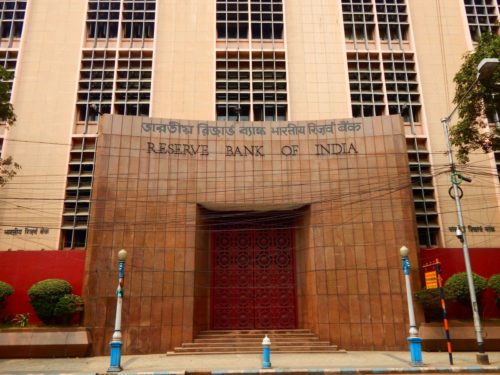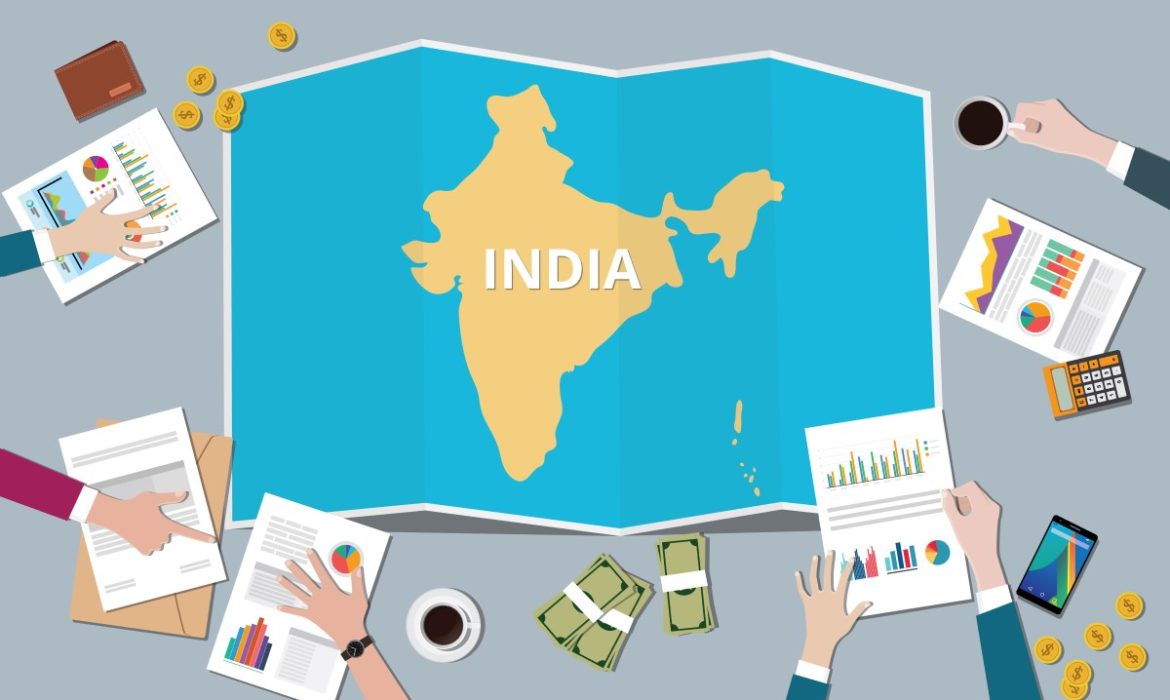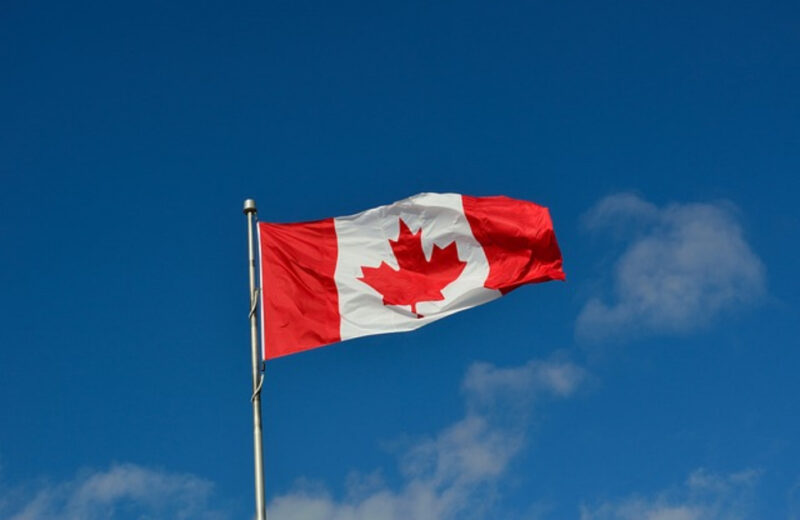On Thursday, India’s central bank kept many people surprised by continuing its prices of interest stable.

Amid a notable slowdown in the Indian economy, markets widely expected from the Reserve Bank of India a sixth rate cut.
The repo rate, the rate that India’s central bank lends to commercial banks, remains at 5.15%.
It comes that Indian rupee became weak against the dollar, from an earlier level of 71.43 now it’s at 71.63. After the decision, Indian stocks mixed, with the Nifty 50 down 0.21% while the Sensex traded near flat.
The RBI said the decision was made to stay in line with its objective of achieving the medium-term inflation target of 4%. With lower and an upper limit of 2% and 6%, supporting growth simultaneously. It was a policy statement.
While ensuring the inflation remains within the target, the central bank will keep its accommodative stance. It is for as long as it is necessary to revive growth. The central bank feels appropriate to pause at this stage. It is considering the current growth-inflation dynamics, for future action of monetary policy.
In the credit market, economists put under the question the aggressive rate cuts of the RBI. Much of that did not transmit back to the economy.
Since January, the central bank already cut the repo rate by 135 bases to stem the slowdown in economic growth over recent quarters, says the report.
The Reserve Bank of India revised its forecast of GDP for the full fiscal year that ends in 2020 March.
In its policy statement, RBI said that a delay in the revival of domestic, a further slowdown in global economic activity, and geopolitical tensions are downside risks. The quick resolutions of global trade tensions and improved monetary transmission are possible upsides to growth projections.
Sever Slowdown in India

Last week’s data shows that the economic output of India expanded by 4.5% in the three months that ended in September. It is the slowest pace of growth since 2013.
A year ago, market watchers anticipated a slowdown in India but not as severe as it is currently. The chief economist for India and Asia ex-Japan at Nomura, Sonal Varma, said that the strike drives by a mix of both structural and cyclical factors.
Investments in India are weak for now, aside from a slowdown in consumption.
To clean up bad debt from their books, banks and corporations are undergoing a balance sheet deleveraging cycle. Simultaneously there is an ongoing crisis in the shadow banking sector of India. Non-bank financial companies are having similar balance sheet problems.
This shadow banking crisis adds one more entity to the balance sheet deleveraging cycle. So, there is a triple balance sheet problem. The monetary policy easing will help the segments that want to grow – the consumers. It will take a long time to materialize until a confidence crisis’ root cause fixes. Varma says that liquidity is not a problem. Instead, the credit risk is a problem where lower-rated corporations find it more challenging to secure cheap loans wither from non-bank financial companies or banks.














